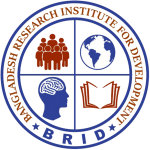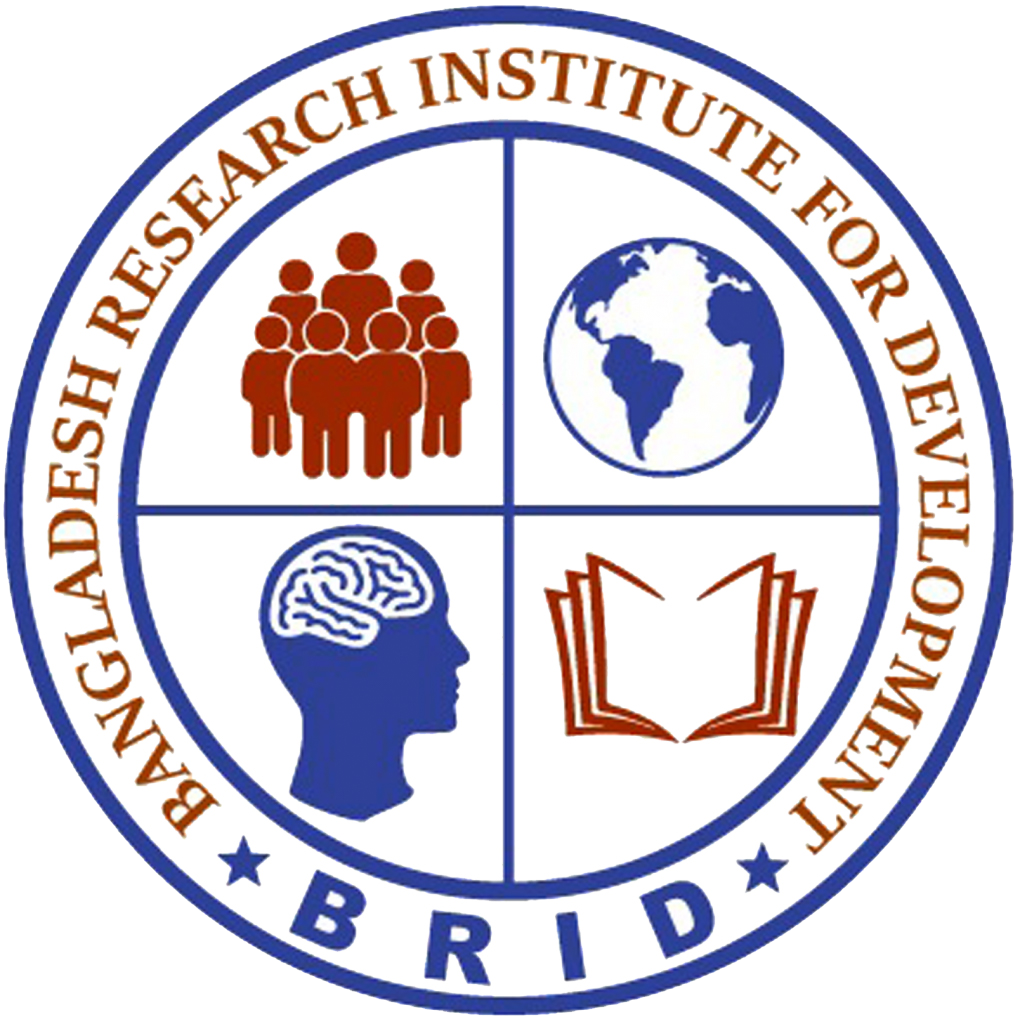Executive Summary
Demographic profile
The demographic profile includes age, race, sex, and other indicators, which refer to the socioeconomic and other conditions of the population. Employment, education, income, marriage rates, birth and death rates, and other socioeconomic indicators are all examples of demographic data. In this evaluation study, the summary of the demographic profile of the beneficiaries is as follows:
- The study found a large family size in the study areas, with about 38% belonging 5-6 members in each family. In the starting period of the project, it assumed that the family, on average, was 5.7 or above, which was also seen by the current study. The data also indicated that people were less aware of population control and growth rate than the national situation.
- The marital status of the respondents in the study was high, which was 96%. This data indicated that the majority of the beneficiaries covered by the project were married.
- The educational status of the respondent was low, as expected. The study found that a major portion of the male respondent’s educational level was 1-5 classes, 42%. On the other hand, female educational level was also the same as male respondents, 31%. This data indicated that people in the project areas covered by the project had low educational qualifications and were less opportunity to complete their higher education. The data also indicated that male beneficiaries were more advanced than females in higher education, including honors or masters.
- The respondents’ religion found distinguishable findings that indicated 74% of the respondents were Muslim beneficiaries and only 25% were Buddhist beneficiaries in the study areas. This data also indicated that a major portion of the population in the project area were Islamic culture followers in terms of other religions.
The cohesive environment in the communities
- The people of the study area were strongly connected and maintained a good social network with their community people due to different initiatives taken under the Project.
- Almost all the people maintain a helping mentality towards their neighbors and community people. 98% of the people believed that their community would help them with their difficulties and sickness and vice versa.
- There was a strong bond among the community’s people, and they shared strong “we” feelings.
- More than half of the community’s people had a friend circle consisting of above ten people, which indicates that they had a good number of social capitals from which they could seek help in their needs and vice versa.
- 88% of the community believed that their relationship with their community people became very positive due to participating in community cohesion activities of the Project.
- Making time for family and friends and participating in community ceremonies had increased because of different initiatives taken under the Project.
- A noticeable number of people (64.6%) believed that they would do activities for the community’s welfare. There existed a good relationship between indigenous and mainstream people in the study area, which is a sign of good community cohesion. (to be continued)

